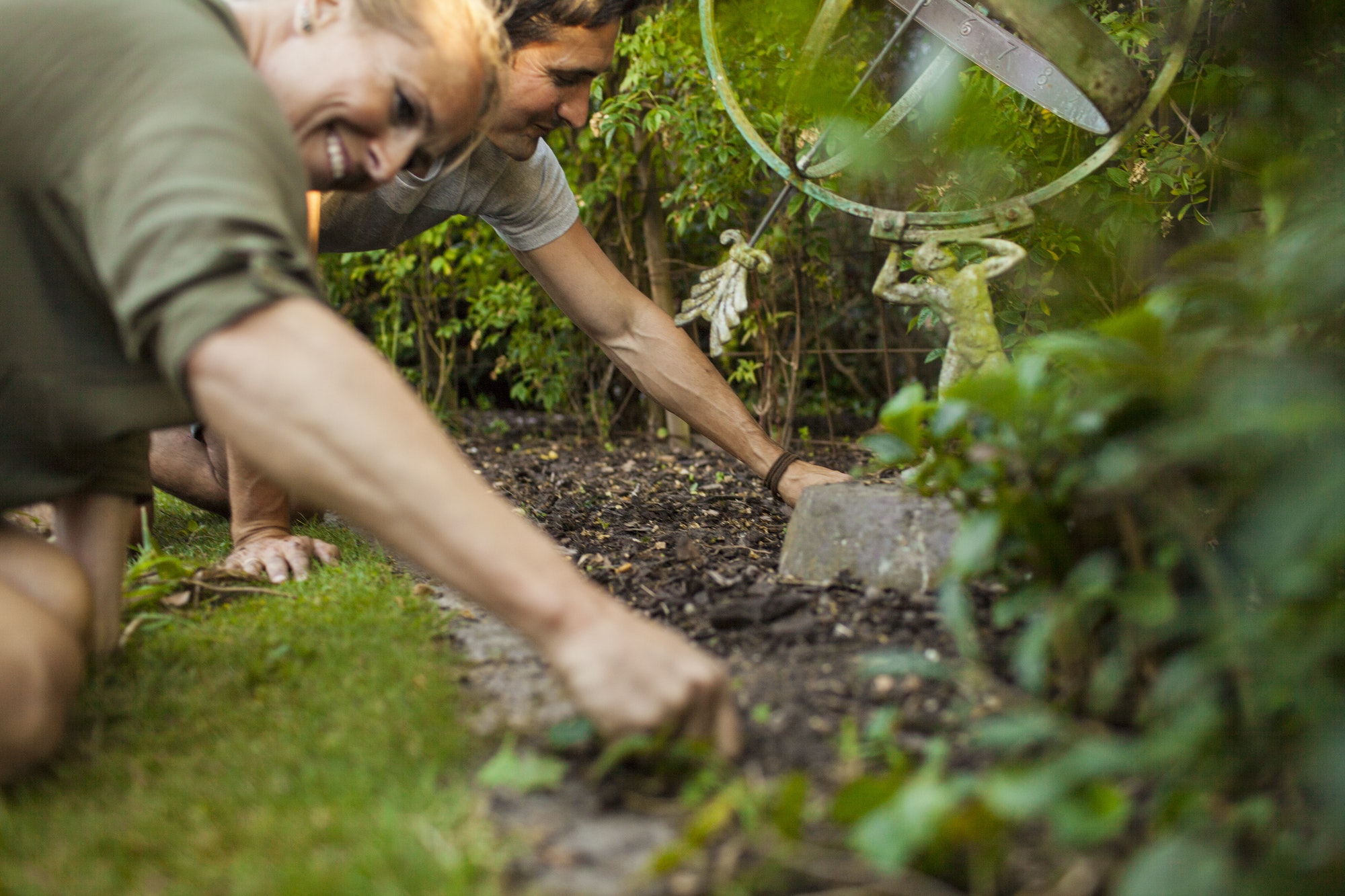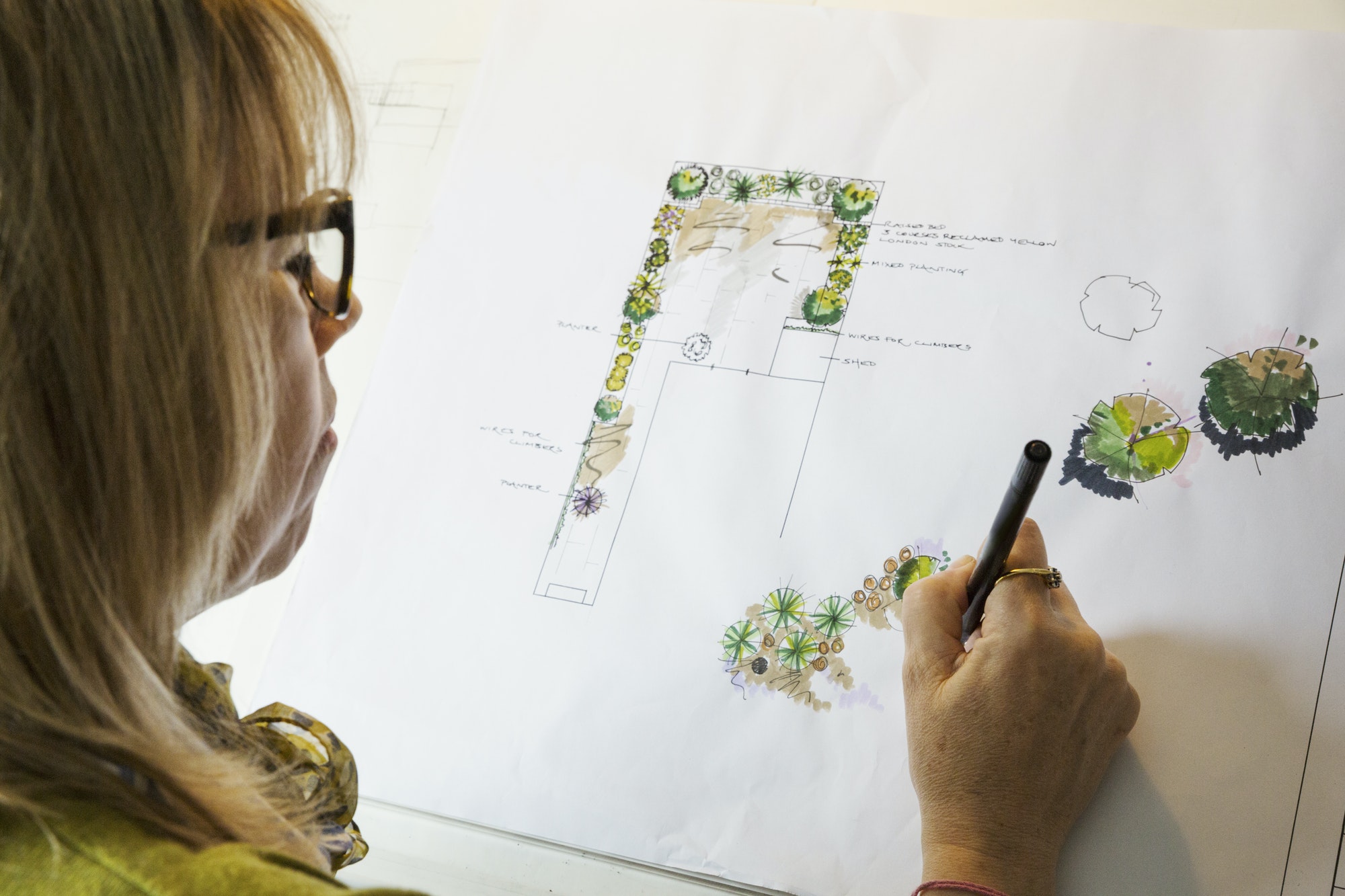If you’re looking for a unique and elegant way to add privacy, structure, or style to your garden or landscape, pleached trees could be the perfect solution. These are trees that have been trained to grow along a framework, creating a flat, dense canopy that can be used to create living walls, screens, arches, or even outdoor rooms. In this article, we’ll explore the history, benefits, and practical aspects of planting and maintaining pleached trees, as well as some design ideas to help you make the most of this versatile and beautiful technique.
What Are Pleached Trees?
Pleached trees, also known as espalier trees, are trees that have been pruned and trained to grow along a horizontal or diagonal framework, creating a flat, dense canopy that is often used for architectural or decorative purposes. This technique has been used in gardens and landscapes for centuries, especially in formal gardens, where it was used to create symmetrical patterns, define spaces, and add height and structure to the design. In recent years, pleached trees have become more popular in contemporary gardens, where they are used to create privacy screens, living walls, and green ceilings.
What Trees Can Be Pleached?
Almost any tree with a strong and flexible trunk can be pleached, although some species are more commonly used than others. Popular choices include hornbeam, beech, lime, and plane trees, which are all deciduous trees that respond well to pruning and have a dense and leafy canopy. Evergreen trees, such as yew, holly, and boxwood, can also be pleached, but they require more maintenance and may not achieve the same level of density and coverage as deciduous trees. Pleached Trees
How to Plant Pleached Trees?
Planting pleached trees is similar to planting any other tree, but there are some additional considerations to keep in mind. First, you need to choose the right location, where the tree will have enough space to grow and where it will receive enough light and water. Pleached trees require full sun to thrive, so avoid planting them in shady or damp areas. You also need to prepare the soil properly, by digging a wide and deep hole, adding compost and organic matter, and making sure the soil is well-drained.
Once you have chosen the tree and the location, you need to install the framework. This can be a simple trellis or wire mesh, or a more elaborate wooden or metal structure. The framework should be sturdy enough to support the weight of the tree and the canopy, and it should be installed before planting the tree. Once the framework is in place, you can plant the tree and start training it by tying the branches to the framework with soft ties or twine.
How to Maintain Pleached Trees?
Maintaining pleached trees requires regular pruning and training, to keep the canopy flat and dense and to prevent the branches from growing out of shape. The best time to prune pleached trees is in winter or early spring, when the tree is dormant and the structure is more visible. You should remove any dead, diseased, or crossing branches, and cut back any new growth to maintain the desired shape and size. You can also thin out the canopy to improve air circulation and prevent fungal diseases.
In addition to pruning, pleached trees require regular watering and fertilizing, especially during the first few years after planting. You should water the tree deeply and regularly, especially during dry spells, and apply a balanced fertilizer in early spring and midsummer. You can also mulch around the tree to conserve moisture and suppress weeds.
Design Ideas for Pleached Trees
Pleached trees can be used in many different ways to enhance your garden or landscape. Here are some
This article is provided by
https://www.provendernurseries.co.uk/plants/trees1/pleached-trees1



